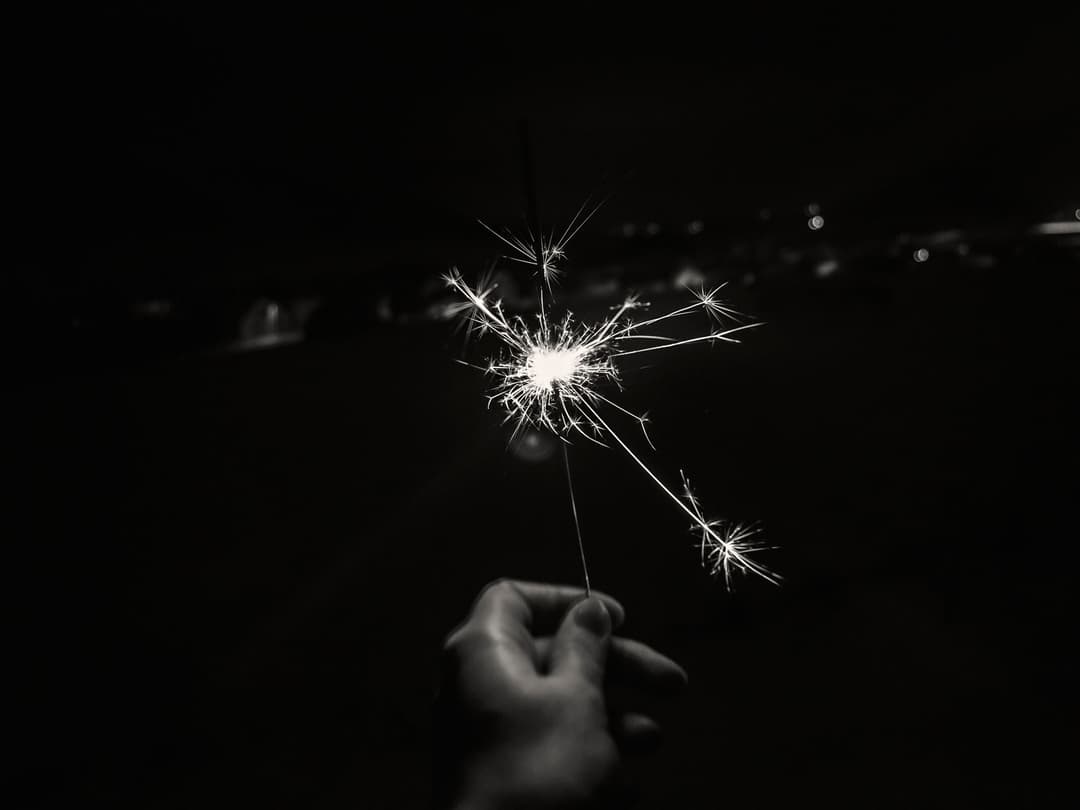
Hyper-personalised rewards make hyper-loyal customers

Why annual awards don’t work anymore – The shift toward real-time recognition

Sustainable incentive travel: a guide to responsible performance rewards


For many people, financial realities overshadow emotional connections and brand loyalties. So no matter how much they love your brand and everything it stands for, you can bet they’ll be off chasing discounts. They may or may not return.
What you’re seeing here is a classic example of two different, but equally desirable forms of loyalty: customer loyalty, which revolves around customer spending, and brand loyalty, which is all about customer perception.
You need to have both.
According to Market Business News, “customer loyalty is the likelihood that existing and previous customers continue purchasing from a specific company.”
Customer loyalty comes from excellent customer satisfaction. It relates to the overall spending power of consumers. A customer will be loyal to you because of what you offer in terms of regular prices and money-saving offers. It’s about having lower prices than competitors or better discounts for specific products they’re looking for and if you don’t, they’ll shop around. “We’re in the age of the customer”, according to The Wise Marketer. “Consumers are empowered, connected and armed with more choices than ever before.” This is why retailers need to focus on their customers and solve cusomers’ problems, not their own.
Brand loyalty happens when a customer identifies with your brand on a personal and emotional level. The attraction has very little to do with the price of your product and everything to do with how consumers perceive your brand.
Consumers who are loyal to a brand remain customers because they believe it offers a better service and higher quality than anyone else, regardless of pricing or other financial benefits. A brand-loyal customer is also likely to try out different products and services from the same brand.
Apple users are a prime example of brand loyalty. Despite the increasingly high cost, Apple users will continually purchase every new release. The same goes for Harley-Davidson, Nike, Starbucks and other big brands that have an extremely loyal customer base.
Here are a few ways to adjust your marketing strategy to boost both customer loyalty and brand loyalty.
Brand loyalty:
To build brand loyalty, you need to find a way to connect with your customers and build a like-minded brand community.
Customer loyalty:
Loyalty from customers can be encouraged and improved by maintaining overall low prices and offering regular loyalty discounts, special offers or multi-buy deals.
Both customer and brand loyalty can help boost your ROI and increase your bottom line.
Once established, brand loyalty requires little effort to maintain. As long as you keep up the high quality of your product or service, and consistently demonstrate your brand philosophy, your customers won’t be motivated to join a competitors’ brand community.
Customer loyalty, on the other hand, takes a bit more work to maintain. You have to put more effort into establishing relationships through promotions and rewards programs, among other activities that offer clear benefits.
The point is, you need to nurture both. And if you need some guidance on balancing both sides of the loyalty equation, we’ve got the deep expertise to help. Get in touch and let’s talk loyalty.